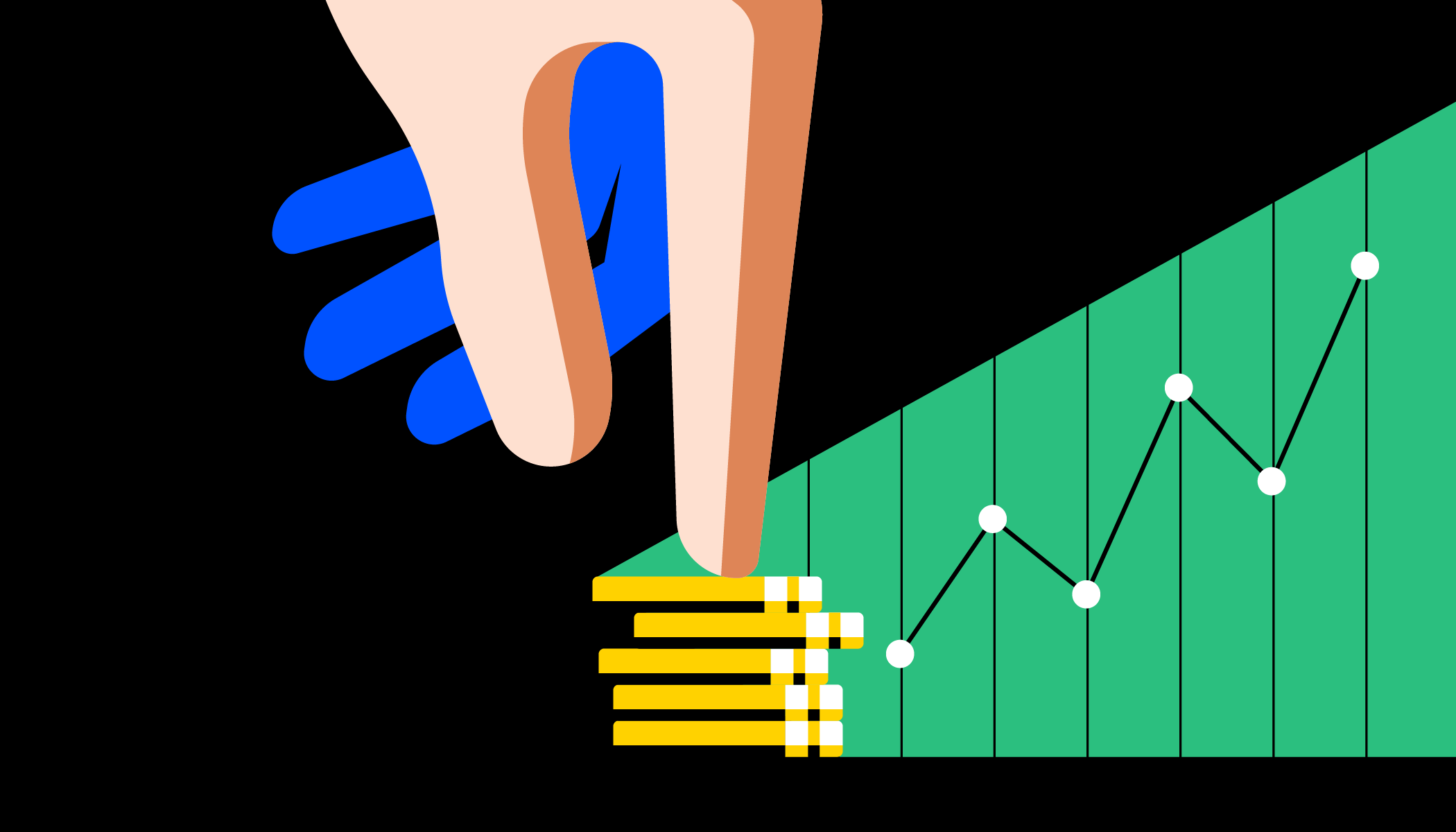
James Carter
How Does Cryptocurrency Staking Work?: A Comprehensive Guide

Cryptocurrency staking has emerged as a popular and lucrative practice within the blockchain ecosystem. As an alternative to traditional mining, staking allows participants to secure and validate transactions on a blockchain network by locking up a certain amount of cryptocurrency tokens. In return, stakers earn rewards for their contribution to network consensus. This article aims to provide a deep understanding of how cryptocurrency staking works, covering key concepts, the staking process, rewards and incentives, risks and considerations, and important resources for further exploration.
Basics of Cryptocurrency Staking
Proof of Stake (PoS) Consensus Mechanism
The foundation of cryptocurrency staking lies in the Proof of Stake (PoS) consensus mechanism. Unlike Proof of Work (PoW), which relies on computational power and energy consumption, PoS selects validators based on the number of tokens they hold and are willing to “stake” as collateral. Validators are chosen to validate and create new blocks based on their stake, leading to a more energy-efficient and scalable consensus mechanism.
Key Concepts in Staking
Validator Nodes:
Validator nodes are responsible for verifying transactions, securing the network, and creating new blocks. Validators are chosen based on the number of tokens they stake, and their actions directly impact the network’s security and integrity.
Staking Tokens:
Staking tokens are the cryptocurrency units required to participate in the staking process. These tokens are typically native to the blockchain network and serve as a form of collateral, demonstrating a participant’s commitment to maintaining the network’s stability.
Staking Rewards:
Stakers earn rewards for participating in the validation process. These rewards typically come in the form of additional tokens, providing an incentive for individuals to stake their holdings rather than sell or trade them.
Slashing and Penalties:
To ensure network security and also discourage malicious behavior, staking protocols often implement slashing mechanisms. Slashing involves penalizing validators who act against the network’s rules or engage in dishonest practices, such as double-spending or failing to validate transactions accurately.

Process of Cryptocurrency Staking
Acquiring Staking Tokens
To participate in staking, individuals must acquire the specific tokens required also by the network they wish to stake on. This can be done through purchasing tokens from exchanges or participating in token sales or initial coin offerings (ICOs).
Choosing a Staking Platform or Network
Different blockchain networks offer staking opportunities, each with its own set of requirements, rewards, and also considerations. Before staking, it is crucial to research and evaluate various networks to determine the most suitable platform for your investment and participation.
Setting up a Staking Wallet
To stake tokens, a staker needs a staking wallet a secure digital wallet capable of holding and also interacting with the specific staking tokens. Staking wallets can be hot wallets (connected to the internet) or cold wallets (offline storage), each with its own trade-offs in terms of security and convenience.
Delegating or Running a Validator Node
Participants can either delegate their staking tokens to an existing validator or run their own validator node. Delegating involves choosing a reputable validator and entrusting them with the responsibility of securing and validating transactions on your behalf. Running a validator node requires technical knowledge and adherence to network requirements, but offers more control and potentially higher rewards.
Participating in Staking
Once the staking wallet is set up and tokens are acquired, the staking process can begin. Stakers transfer their tokens to their staking wallet and initiate the staking process through the wallet’s user interface, following the specific instructions provided by the chosen staking platform or network.
Staking Rewards and Incentives
Earning Staking Rewards
Staking rewards serve as an incentive for participants to stake their tokens and actively contribute to the network’s security and also consensus. The rewards primarily come from two sources:
Block Rewards: Validators who successfully validate and create new blocks are entitled to block rewards. These rewards are typically distributed proportionally based on the number of tokens staked by the validator. Additionally the more tokens staked, the higher the potential rewards.
Transaction Fees: Validators may also receive a share of transaction fees collected within the network. Transaction fees are typically paid by users to prioritize their transactions and incentivize validators to include them in the next block. Additionally Validators are rewarded for including these transactions in the blocks they create.
Compound Interest and Compounding Rewards
Staking offers the potential for compounding rewards, similar to earning compound interest in traditional finance. Stakers can choose to reinvest the rewards earned back into staking, thereby increasing their stake and, consequently, their potential future rewards. By compounding their rewards, stakers can maximize their long-term returns and accelerate the growth of their staked holdings.
Risks and Considerations in Staking
Potential Risks and Drawbacks
Slashing and Penalties: Validators must adhere to the network’s rules and operate honestly. Violations can lead to slashing, where a portion of the validator’s staked tokens is permanently confiscated. Stakers must understand the rules and potential penalties associated with the specific staking network they choose to mitigate the risk of slashing.
Market Volatility and Price Risks: The value of staked tokens can fluctuate, impacting the overall returns from staking. Stakers must be prepared for market volatility and understand the potential risks associated with price fluctuations.
Technical Risks and Network Failures: Staking involves relying on the technical infrastructure and stability of the chosen blockchain network. Technical issues or network failures can temporarily disrupt staking rewards or even lead to permanent loss of staked tokens. Stakers should carefully assess the technical robustness and also track record of the network they choose to stake on.
Choosing Reliable Staking Platforms
To mitigate risks and ensure a smooth staking experience, it is essential to choose reliable staking platforms or networks. Consider the following factors when evaluating staking platforms:
Credibility and Security: Research the reputation, track record, and security measures implemented by the staking platform. Look for platforms that have undergone rigorous audits and also have a strong community backing.
Network Development and Roadmap: Examine the development roadmap of the blockchain network to assess its future prospects and potential for growth. A well-planned and actively developed network is more likely to provide a stable and rewarding staking environment.
Summary
Cryptocurrency staking offers an attractive opportunity for participants to earn rewards while contributing to the security and consensus of blockchain networks. By understanding the basics of staking, the staking process, rewards and incentives, as well as the associated risks. Individuals can make informed decisions and maximize their staking returns. As with any investment or financial endeavor, it is important to conduct thorough research, choose reliable platforms, and adopt responsible staking practices.
Latest
Technology
09 May 2024
Technology
19 Apr 2024
Technology
16 Jan 2024
Technology
31 Aug 2023
Technology
24 Jun 2023
Technology
24 Jun 2023













